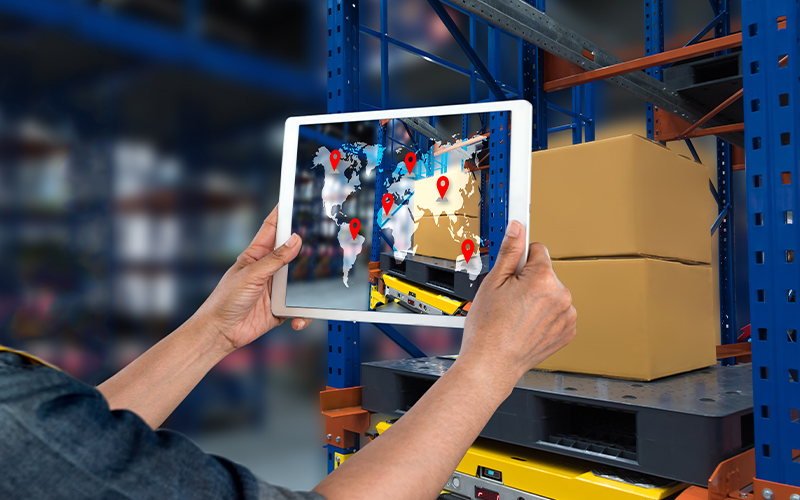Modern procurement operations have evolved far beyond purchasing goods and managing suppliers. They are now playing a vital role in enabling operational agility, efficiency, and growth across sectors. To thrive in the rapidly evolving markets, businesses must push beyond operational efficiency and turn procurement into a driver of strategic value. The procurement maturity model helps organisations move from reactive processes to prescriptive, data-led decision-making with a procurement excellence framework.
understanding the procurement maturity model
The procurement maturity model is a structured framework that helps organisations evaluate and transform their procurement functions. It focuses on five core dimensions that define excellence:
- Strategy and leadership: Alignment of procurement functions with overall business goals.
- People and capabilities: Upskilling, training, and talent development for procurement professionals.
- Process and operations: Efficiency and standardisation of procurement workflows and policies.
- Technology and data: Adoption of digital tools, automation, and data analytics.
- Performance and risk management: Measurement of procurement KPIs and proactive risk controls.
These dimensions form the backbone of a procurement excellence framework and allow procurement teams to focus on strategic initiatives, not just transactional tasks. This offers benefits like:
- Improved cost efficiency and optimised spend management across the enterprise
- Strengthened compliance and proactive risk mitigation
- Deeper supplier collaboration and resilient supply chains
- Informed, strategic decision-making through data-driven insights
- Enhanced procurement agility and innovation, giving businesses a competitive edge
four stages of the procurement maturity model
Procurement maturity evolves in distinct stages, each reflecting the organisation’s capabilities, mindset, and strategic focus. These stages serve as a roadmap, helping organisations identify where they currently stand and what steps they need to take to advance. As strategic procurement practices mature, procurement transitions from a cost-focused, reactive function to a strategic value driver.
stage 1: transactional and reactive procurement
At this stage, procurement primarily functions as a support function. Activities are tactical and focused on order processing, basic vendor management, and cost control. There is little standardisation or strategic alignment. Most decisions are reactive, often lacking reliable data-backed insights or a long-term understanding.
stage 2: strategic sourcing and cost optimisation
The next stage is where organisations begin adopting strategic procurement practices to reduce costs and consolidate suppliers. Procurement teams start aligning sourcing strategies with broader business goals. Technology use is often limited, but visibility begins to improve. This phase marks the shift from purely transactional work to early strategic intent.
stage 3: integrated category-led procurement
Category management best practices come into play at this stage. Procurement becomes proactive, with stronger stakeholder collaboration and category-level strategies. Standardised processes and data-driven decision-making start becoming the core of the procurement excellence framework. The organisation starts breaking silos and aligning procurement more closely with corporate priorities.
stage 4: world-class procurement and innovation focus
The last stage of the procurement maturity model is where the procurement function becomes a true value creator. There is full integration with enterprise planning, use of advanced analytics, and emphasis on innovation. Supplier relationships are collaborative, and holistic risk management becomes a priority. At this stage, procurement contributes to business transformation and drives continuous innovation.
Technology plays a critical role in enabling standardisation, real-time insights, and end-to-end visibility critical for the procurement excellence framework. Infosys BPM enables this journey with deep domain expertise, digital transformation, and end-to-end sourcing and procurement outsourcing solutions. From operational support to strategic enablement, Infosys BPM helps clients unlock measurable value at every maturity stage.
strategic procurement best practices
Reaching higher levels of the procurement maturity model depends on consistent efforts and the right strategic approach. Here are key strategic procurement and category management best practices that can help organisations evolve from operational efficiency to strategic procurement leadership:
- Conduct a self-assessment to understand your current maturity level and key improvement areas.
- Define clear procurement goals that align with business objectives.
- Benchmark processes and performance against industry standards.
- Invest in technology and automation to improve visibility, control, and efficiency.
- Upskill procurement teams through targeted training and continuous development.
- Strengthen supplier partnerships and foster cross-functional collaboration.
- Enhance governance, focus on compliance, and integrate sustainability goals.
- Track key performance indicators, seek feedback, and nurture a culture of continuous improvement.
conclusion
Procurement has the power to drive business innovation and resilience. By understanding where they stand on the procurement maturity model, adopting a robust procurement excellence framework, and adopting strategic procurement practices, organisations can unlock long-term value and competitive advantage. Businesses that invest in procurement maturity are better positioned to navigate market uncertainties, build a sustainable competitive edge, and lead with confidence.








